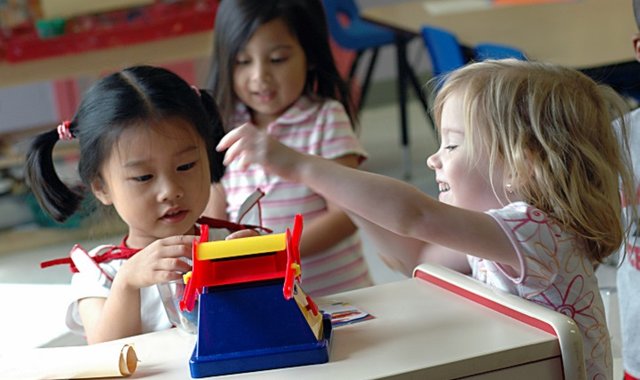Children Behavior Disorder
Children Behavior Disorder

Sometimes children argue, are aggressive or act angry or defiantly with adults. A behavior or behavior disorder may be diagnosed when these disruptive behaviors are not common for the child's age at that time, persist over time, or are severe. Because behavioral disorders involve misbehaving and behaving undesirably with other people, they are often called externalization disorders.
Oppositional defiant disorder
When the child misbehaves persistently, in a way that causes serious problems at home, at school, or with classmates, he or she may be diagnosed with oppositional defiant disorder (TOD). Oppositional defiant disorder usually begins before 8 years of age, but not after 12 years. Children with oppositional defiant disorder are more likely to present a defiant or oppositional attitude to well-known people, such as family members, caregivers, or teachers. Children with oppositional defiant disorder show these behaviors more often than other children of the same age.
Examples of challenging opposition disorder include the following:
Be angry or lose your temper often.
Discuss with adults or refuse to follow their rules or orders often.
Show resentful or spiteful often.
Annoy others deliberately or bother other people.
Blame people often for their own mistakes or bad behavior.
Behavior disorder
Conduct disorder (TC) is diagnosed when the child shows a continuous pattern of aggression toward other people, and serious violations of social rules and norms at home, school and with peers. These violations of the rules may involve breaking the law and, as a consequence, being arrested. Children with conduct disorder are more likely to be injured and may have difficulty getting along with peers.
Examples of behavior disorder behaviors include the following:
Violate important rules, such as running away from home, staying out of the house at night without permission or skipping school.
Be aggressive in a way that causes harm, such as harassing other children or partners, fighting or being cruel to animals.
Lying, stealing or damaging the belongings of other people on purpose.
Treatment for disturbing behavior disorders
It is important to start treatment early. The treatment is more effective if it is adapted to the needs of the child and the family in particular. The first step of treatment is to talk with a health care provider. A comprehensive evaluation by a mental health professional may be needed to determine the correct diagnosis. Some of the signs of behavior problems-such as not following school rules-may be related to learning problems that may need additional intervention. In the case of young children, the treatment with the strongest scientific evidence is the training of parents in behavioral or behavioral therapy. In this training, the therapist helps parents learn effective ways to react to the child's behavior and strengthen the parent-child relationship. In the case of school-age children and adolescents, an effective treatment that is often used is a combination of training and therapy that includes the child, the family and the school.
Seek help to find treatment
Search for psychiatrists for children and adolescents External, a search tool of the American Academy of Child and Adolescent Psychiatry (AACAP).